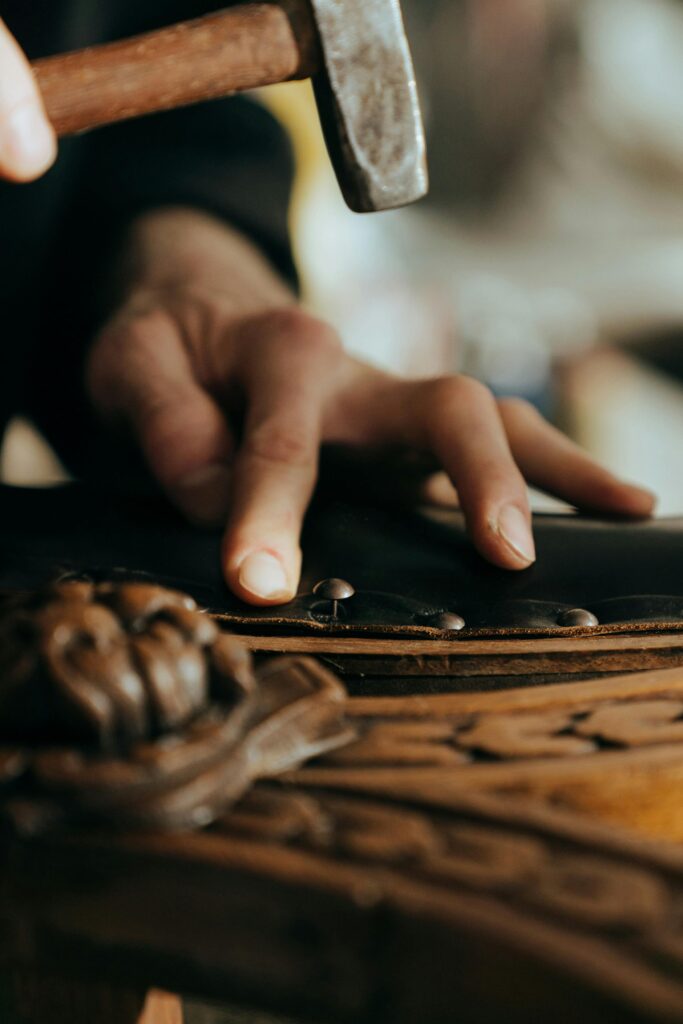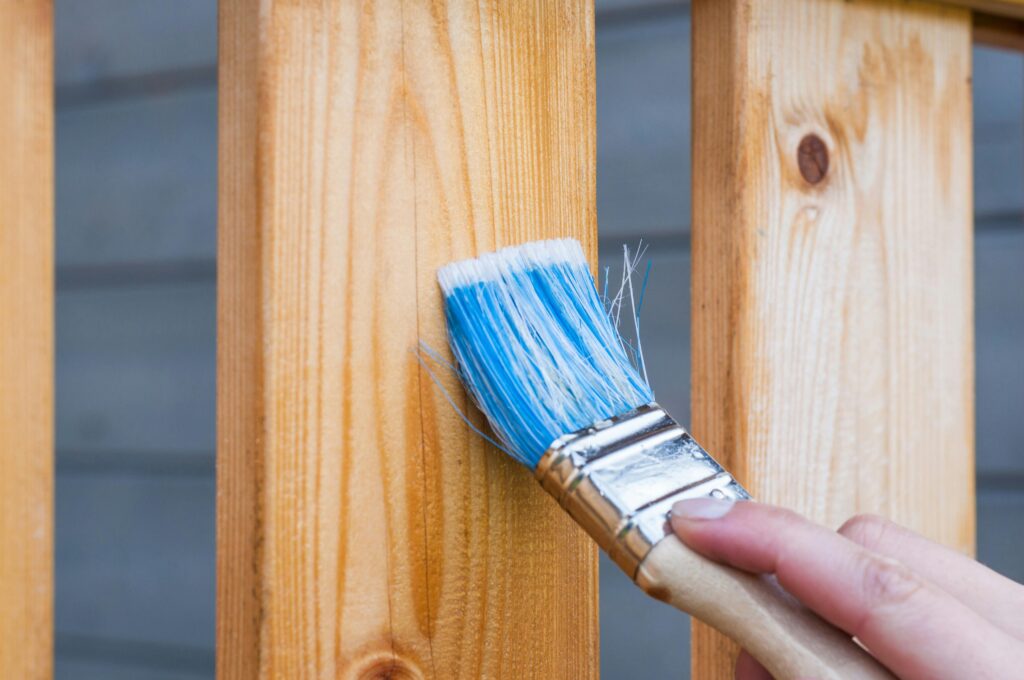Upcycled Used Furniture Store
We repair Restore Paint and Sell Upcycled Furniture
click to chat on WhatsApp
-
Product on sale
 DresserOriginal price was: $599.00.$550.00Current price is: $550.00.
DresserOriginal price was: $599.00.$550.00Current price is: $550.00. -
Product on sale
 Tall boy – Chester Draw Upcycled furnitureOriginal price was: $549.00.$499.00Current price is: $499.00.
Tall boy – Chester Draw Upcycled furnitureOriginal price was: $549.00.$499.00Current price is: $499.00.
We repair your valuable furniture

- Wood Furniture Repair:
- Scratch Repair: Filling in and smoothing out scratches in wooden surfaces.
- Dent Removal: Repairing dents or impressions in the wood.
- Stain Removal: Removing water stains, heat marks, or other discolorations.
- Refinishing: Stripping old finishes and applying new stains or coatings.
- Antique Furniture Restoration:
- Stripping and Refinishing: Removing old finishes and applying new ones.
- Hardware Replacement: Replacing or restoring antique hardware.
- Structural Repairs: Reinforcing or repairing weakened or damaged structures.
- Furniture Frame Repair:
- Joinery Repair: Fixing loose or broken joints in wooden frames.
- Reinforcement: Adding additional supports or braces for stability.
- Leg Repair: Fixing or replacing damaged legs on chairs, tables, etc.
- General Furniture Maintenance:
- Cleaning: Removing dirt, grime, and stains.
- Tightening: Checking and tightening loose screws and bolts.
- Lubrication: Applying lubricants to moving parts like hinges and slides.
Furniture Restoring
- Stripping and Refinishing:
- Removing old finishes and paint layers.
- Sanding to reveal the natural wood.
- Applying new stains, paints, or clear finishes.
- Veneer Repair and Replacement:
- Patching or replacing damaged veneer.
- Matching and applying new veneer to restore the original look.
- Re-Gluing and Joinery Work:
- Disassembling and regluing loose joints.
- Repairing or replacing dowels, tenons, or other joinery elements.
- Color Matching:
- Matching and recreating original paint or stain colors.
- Blending in repairs to achieve a seamless appearance.
- Inlay and Marquetry Restoration:
- Repairing or replacing missing or damaged inlay or marquetry.
- Matching and replicating intricate patterns.
- Hardware Restoration:
- Cleaning and polishing original hardware.
- Repairing or replacing missing or damaged hardware.
- Replicating or sourcing period-appropriate hardware.

Furniture paining

- Surface Preparation:
- Cleaning: Thoroughly clean the furniture to remove dust, dirt, and grease.
- Sanding: Smooth the surface using fine-grit sandpaper to promote paint adhesion.
- Priming:
- Primer Application: Apply a suitable primer to create a smooth and even base for the paint.
- Primer Sanding: Lightly sand the primed surface for a smoother finish.
- Choosing Paint:
- Selecting the Right Paint: Choose paint suitable for the furniture material (wood, metal, plastic, etc.).
- Choosing Finish: Decide on a matte, satin, gloss, or other finish based on the desired look.
- Paint Application:
- Roller Application: Use foam or fabric rollers for larger, flat surfaces.
- Spray Painting: Consider using a paint sprayer for a smooth and even finish.
- Layering and Distressing:
- Layered Finishes: Apply multiple paint layers for a distressed or layered effect.
- Distressing Techniques: Use sandpaper or other tools to distress the paint for a vintage look.
- Color Blocking:
- Two-Tone or Multi-Color Painting: Create visual interest by painting different sections in contrasting colors.
- Faux Finishes:
- Wood Grain: Mimic the look of wood grain with paint.
- Marble or Stone: Create the appearance of marble or stone using faux finishing techniques.
- Sealing and Finishing:
- Topcoat Application: Apply a clear topcoat for added durability and protection.
- Choosing Sealants: Select a sealant appropriate for the type of paint used.
- Touch-Up and Repairs:
- Color Matching: Keep extra paint for touch-ups and color matching.
- Repairing Scratches: Touch up scratches or blemishes with matching paint.

